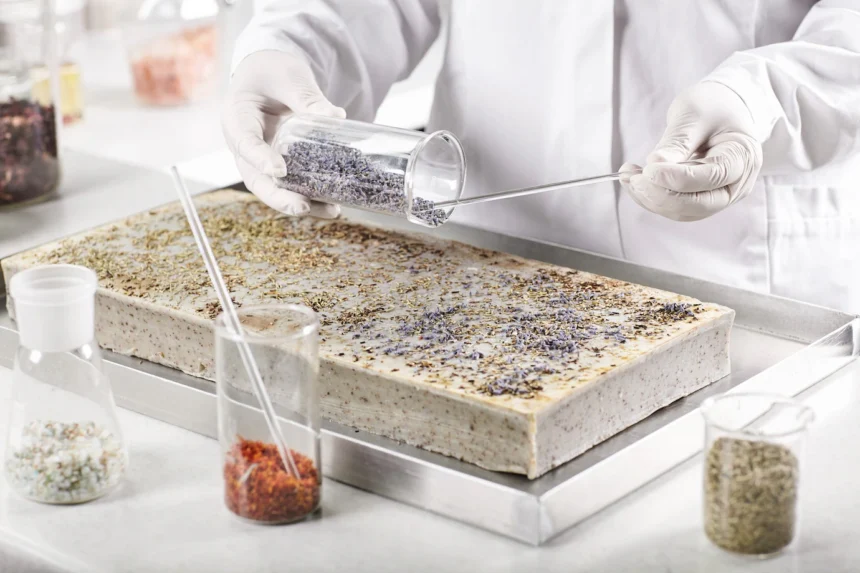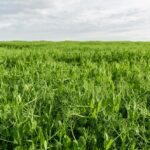Food preservation techniques play a crucial role in agroprocessing by extending the shelf life of perishable agricultural products. Agroprocessing involves transforming raw agricultural commodities into value-added products, such as processed foods, beverages, and ingredients. By employing various food preservation techniques, agroprocessors can enhance product quality, safety, and availability while minimizing post-harvest losses.
Here are some key roles of food preservation techniques in agroprocessing:
- Microbial Safety: One of the primary objectives of food preservation is to prevent or inhibit the growth of microorganisms, such as bacteria, yeast, and molds, that can spoil food and cause foodborne illnesses. Techniques like thermal processing (canning), pasteurization, fermentation, and high-pressure processing (HPP) can effectively kill or control microorganisms, ensuring the safety of agroprocessed products.
- Shelf Life Extension: Agroprocessed products often need to have an extended shelf life to reach distant markets and avoid wastage. Preservation techniques like dehydration (drying), freezing, refrigeration, and vacuum packaging help to slow down spoilage processes, maintain product quality, and extend the period during which the products can be consumed.
- Nutritional Preservation: Food preservation techniques can help retain the nutritional value of agroprocessed products. Methods such as freezing and blanching before freezing can preserve vitamins and minerals in fruits and vegetables. Other techniques, like minimal processing or using additives, can maintain the nutritional composition of food while increasing its shelf life.
- Flavor and Texture Retention: Certain preservation techniques can help preserve the original flavor, aroma, and texture of agroprocessed products. For example, freezing can maintain the taste and texture of fruits and vegetables, while canning and pickling can preserve the flavor profiles of various foods. Techniques like high-temperature short-time (HTST) pasteurization can help maintain the freshness and sensory characteristics of beverages.
- Market Access and Diversification: Agroprocessing, enabled by food preservation techniques, allows for value addition and product diversification. By extending the shelf life of agricultural products, agroprocessors can create a wider range of processed foods, beverages, and ingredients. This not only increases market opportunities but also helps farmers and producers reduce post-harvest losses, add value to their crops, and access new market segments.
- Waste Reduction: Food preservation techniques can contribute to reducing post-harvest losses and food waste. By preserving surplus or seasonal produce, agroprocessors can utilize agricultural resources more efficiently, minimize food loss, and contribute to overall food security.
Overall, food preservation techniques play a vital role in agroprocessing by ensuring food safety, extending shelf life, maintaining nutritional quality, preserving flavor and texture, facilitating market access, and reducing food waste. These techniques enable the production of a wide variety of safe and convenient agroprocessed products, meeting consumer demands and contributing to sustainable agricultural practices.
Join 'Farmers Mag' WhatsApp Channel
Get the latest Farming news and tips delivered straight to your WhatsApp
CLICK HERE TO JOIN






